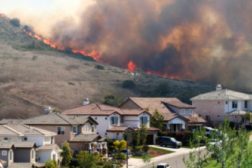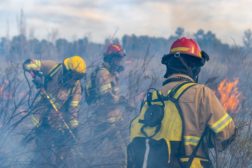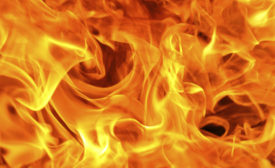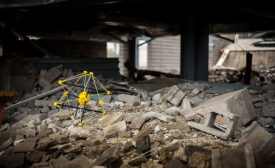Home » Keywords: » wildfires
Items Tagged with 'wildfires'
ARTICLES
Wildfire clean-up crews face multiple health risks
Hazards include toxic inhalation, harmful pollutants, heat exposure
November 8, 2022
From NIOSH
Task and environment affect carbon monoxide exposure among wildland firefighters
March 9, 2020
First responders get life-saving sensor readings, video surveillance
Squishy Robots to the rescue
June 3, 2019
A NIOSH Science Blog post
Using 3 data sources to create a single wildland fire fighter on-duty death surveillance system
February 21, 2017
Become a Leader in Safety Culture
Build your knowledge with ISHN, covering key safety, health and industrial hygiene news, products, and trends.
JOIN TODAYCopyright ©2025. All Rights Reserved BNP Media.
Design, CMS, Hosting & Web Development :: ePublishing







